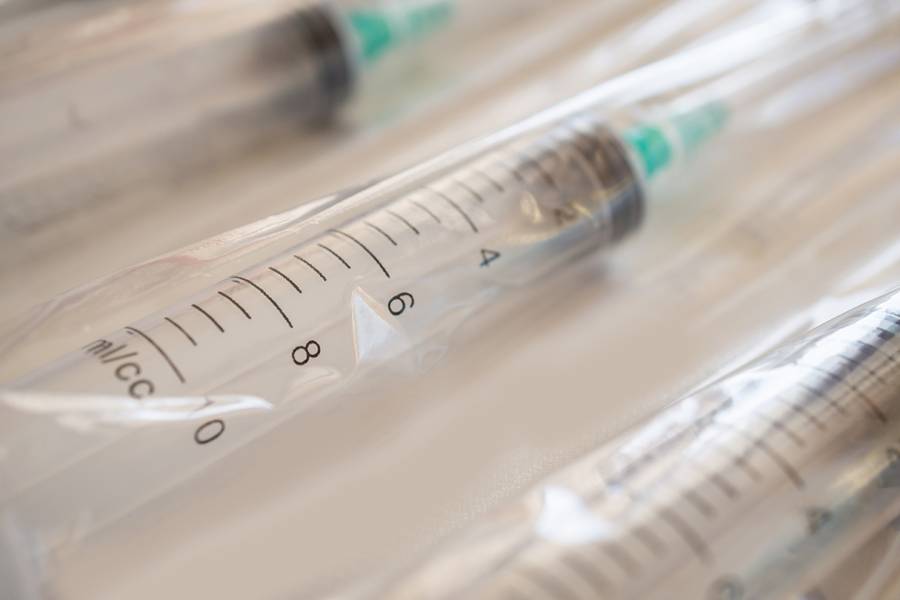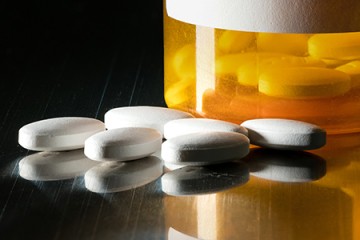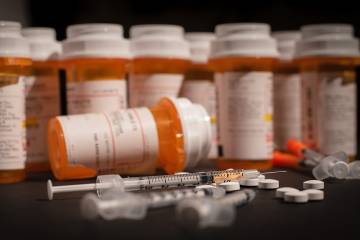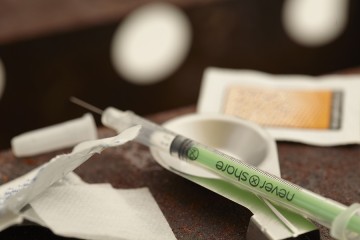- Name
- Barbara Benham
- bbenham1@jhu.edu
A new study from the Johns Hopkins Bloomberg School of Public Health takes a look inside the growing but not yet legally sanctioned movement to create "safe consumption" sites in the United States.
Though the concept is controversial and prohibited under federal law, many public health officials see safe consumption sites as a key strategy for combating the nation's escalating drug overdose epidemic. Currently, at least six U.S. states and two cities are pursuing efforts to open these facilities.
Safe consumption sites—also known as supervised injection or overdose prevention sites—allow for use of pre-obtained drugs in hygienic settings, with trained staff on hand to respond to overdoses and connect individuals to health and social services.
The Johns Hopkins study, published in full in the journal Psychiatric Services, offers insight on some of the major challenges surrounding early efforts to establish these facilities in the U.S. and examines the factors that lead to more community support.
Researchers analyzed five jurisdictions—which the study doesn't identify for confidentiality reasons—that have built some initial policy momentum around the cause.
"We wanted to understand the environment in which these policy change efforts are occurring," says lead researcher Alene Kennedy-Hendricks, assistant director of the Johns Hopkins Center for Mental Health and Addiction Policy Research, who is also a faculty member in Department of Health Policy and Management at the Bloomberg School.
The study found that major barriers for creating safe consumption sites include:
- Uncertainty about the federal response
- Trouble finding the right locations and physical structures
- Financing problems
- General mistrust arising from racial injustice in drug policy
Meanwhile, other factors seemed to engender support for safe consumption sites, such as:
- Including people who use drugs in the policy conversation
- The existence of related harm-reduction programs (such as syringe services or scaled-up naloxone distribution programs) in the community
- Engaging a diverse set of community allies
- Eecuring political and community champions to help advance policy
- Firsthand looks at safe consumption sites outside the U.S.
More than 100 sanctioned safe consumption sites are already up and running in cities in Canada, Australia, Mexico, and Europe. Studies have linked these sites with reductions in fatal overdoses and syringe sharing and increased connections to addiction treatment and social services.
Though no safe consumption sites are operating yet in the U.S., as of 2018 legislation was pending in six states (California, Colorado, Massachusetts, Maryland, New York, and Vermont) to open facilities, while the cities of Philadelphia and Seattle are pursuing related efforts.
The Hopkins researchers interviewed local government officials, community organizers, advocates, and other leaders in the five jurisdictions the study analyzed. The participants viewed establishing safe consumption sites as part of a broader, comprehensive strategy to respond to the overwhelming scale of the opioid epidemic.
"We have an approach here that other countries have found helpful in reaching a marginalized population that faces high rates of mortality," says Kennedy-Hendricks. "A key question now is which jurisdiction will open the first sanctioned safe consumption site in the U.S. Their experience as an early adopter will inform efforts around the country."
Read more from School of Public HealthPosted in Health, Politics+Society
Tagged drugs, opioids, drug policy












